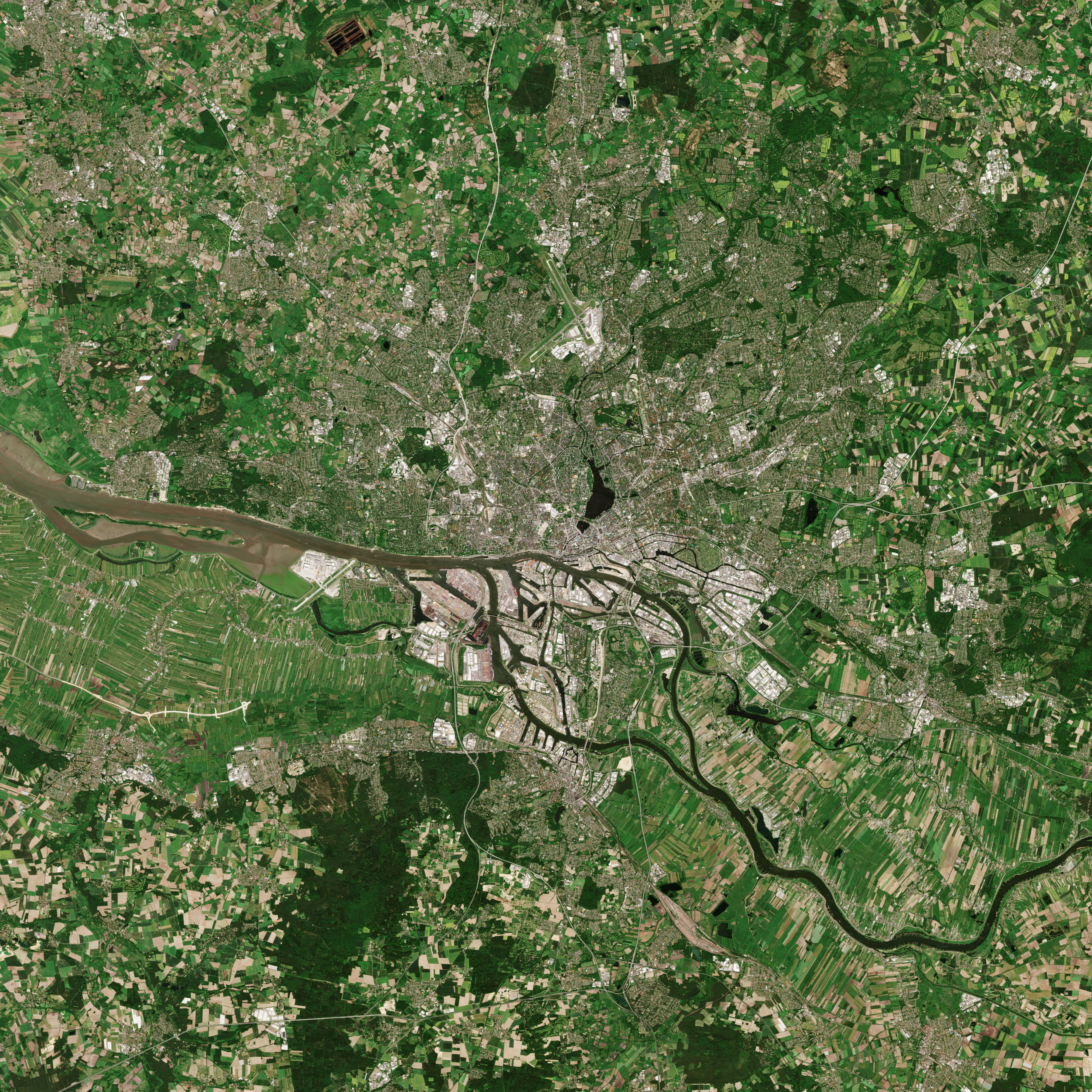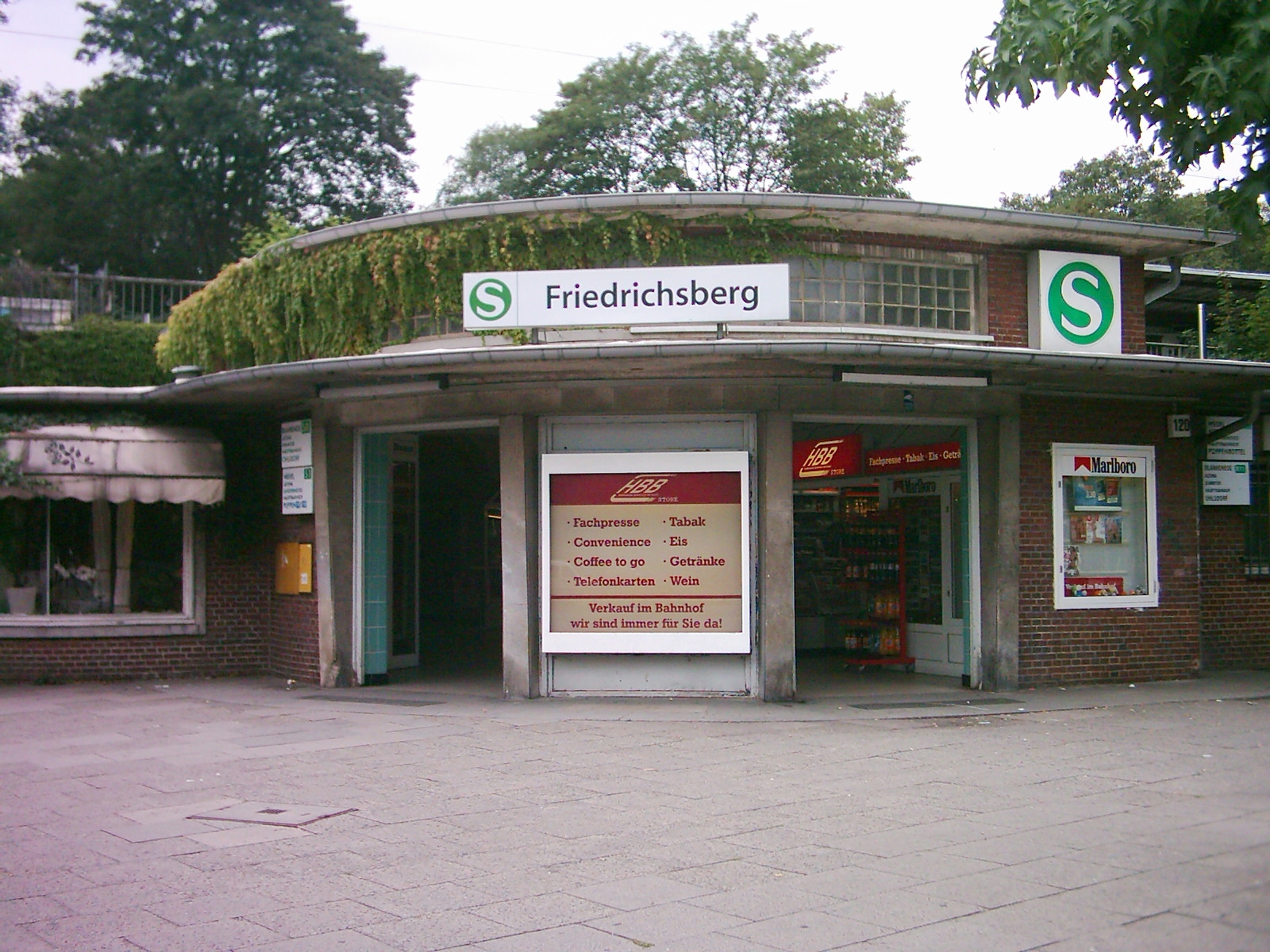|
Barmbek
Barmbek (), until 27 September 1946 ''Barmbeck'', is the name of a former village that was absorbed into the city of Hamburg, Germany. In 1951 it was divided into the quarters ''Barmbek-Süd'', '' Barmbek-Nord'' and '' Dulsberg'' in the borough ''Hamburg-Nord Hamburg-Nord (meaning ''Hamburg North'') is one of the seven boroughs of the Free and Hanseatic City of Hamburg, in northern Germany. In 2020, according to the residents registration office, the population was 315,514 in an area of 57.5 km2 ...''. History It was first recorded in 1271 as ''"Bernebeke"''. Up until 1946 it was written with a 'c' as Barmbeck. Barmbeck and Barmbek are pronounced with a long e, similar to the English "Barm Bake". The village of ''Barmbeck'' had been under Hamburg administration since 1830, and it became a suburb of Hamburg in 1894,His ... [...More Info...] [...Related Items...] OR: [Wikipedia] [Google] [Baidu] |
Barmbek-Nord
(Northern Barmbek) is a quarter of Hamburg, Germany, in the borough of Hamburg-Nord. It is located in the east of Hamburg-Nord, approximately five kilometers from Hamburg city center. Barmbek-Nord is a densely built-up area. Barmbek-Nord borders the quarters of Ohlsdorf, Steilshoop, Bramfeld, Wandsbek, Dulsberg, Barmbek-Süd and Winterhude. History Barmbek-Nord was farmland until the end of the 19th century. A workers' district, its population mainly grew in size during industrialization in the 1910s and 1920s, although it did also have industrial structures itself.History of Barmbek History Workshop Barmbek, in German In 1907, the Hamburg-Altonaer Stadt- und Vorortbahn [...More Info...] [...Related Items...] OR: [Wikipedia] [Google] [Baidu] |
Barmbek-Süd
(Southern Barmbek) is a quarter of Hamburg, Germany, in the borough of Hamburg-Nord. It is located in the east of Hamburg-Nord, approximately five kilometers from Hamburg city center. Barmbek-Süd is a densely built-up area. Barmbek-Süd borders the quarters of Barmbek-Nord, Dulsberg, Eilbek, Uhlenhorst, and Winterhude. Geography It borders the quarters Barmbek-Nord, Dulsberg, Eilbek, Winterhude and Uhlenhorst. History Settlement in the area began, as a large workers quarter had to be demolished prior to the construction of the Speicherstadt in 1883. The village of '' Barmbeck'' itself had been under Hamburg administration since 1830, and it became a suburb of Hamburg in 1894. In the same year also Eilbek, before that the southernmost part of the village of ''Barmbeck'', became a quarter of Hamburg. Barmbek-Süd was as a workers quarter mainly populated during the 1910s and 1920s during the process of industrialization, [...More Info...] [...Related Items...] OR: [Wikipedia] [Google] [Baidu] |
Hamburg
Hamburg (, ; nds, label=Hamburg German, Low Saxon, Hamborg ), officially the Free and Hanseatic City of Hamburg (german: Freie und Hansestadt Hamburg; nds, label=Low Saxon, Friee un Hansestadt Hamborg),. is the List of cities in Germany by population, second-largest city in Germany after Berlin, as well as the overall List of cities in the European Union by population within city limits, 7th largest city and largest non-capital city in the European Union with a population of over 1.85 million. Hamburg's urban area has a population of around 2.5 million and is part of the Hamburg Metropolitan Region, which has a population of over 5.1 million people in total. The city lies on the River Elbe and two of its tributaries, the River Alster and the Bille (Elbe), River Bille. One of Germany's 16 States of Germany, federated states, Hamburg is surrounded by Schleswig-Holstein to the north and Lower Saxony to the south. The official name reflects History of Hamburg, Hamburg's history ... [...More Info...] [...Related Items...] OR: [Wikipedia] [Google] [Baidu] |
Hamburg-Nord
Hamburg-Nord (meaning ''Hamburg North'') is one of the seven boroughs of the Free and Hanseatic City of Hamburg, in northern Germany. In 2020, according to the residents registration office, the population was 315,514 in an area of 57.5 km2. Geography Starting from the north and continuing on clockwise, Hamburg-Nord borders on the state of Schleswig-Holstein and the Hamburg boroughs of Wandsbek, Mitte, and Altona. The borough is divided into 13 localities, namely Alsterdorf, Barmbek-Nord, Barmbek-Süd, Dulsberg, Eppendorf, Fuhlsbüttel, Groß Borstel, Hoheluft-Ost, Hohenfelde, Langenhorn, Ohlsdorf, Uhlenhorst, and Winterhude. Hamburg-Nord has a total area of . Demographics As of 2007, there were 280,229 people residing in the borough. The population density was . 12% were children under the age of 18 and 17.8% were aged 65 or older.Statistikamt Nord 31 December 2006 source: residents registration office In 2006, 31,617 criminal offences were committed in the borough ... [...More Info...] [...Related Items...] OR: [Wikipedia] [Google] [Baidu] |
Dulsberg
Dulsberg () is a quarter of Hamburg, Germany, in the borough of Hamburg-Nord. In the east and the south it borders Wandsbek. History *1906: the station "Friedrichsberg" was opened by Hamburg S-Bahn *1910: the second great fire of Hamburg *Up to 1951 Dulsberg hill was part of Barmbek Politics These are the results of Dulsberg in the Hamburg state election: Architecture The Dulsberg quarter was planned by the City of Hamburg's Director of Constructions, Fritz Schumacher in the 1920s. After World War II World War II or the Second World War, often abbreviated as WWII or WW2, was a world war that lasted from 1939 to 1945. It involved the World War II by country, vast majority of the world's countries—including all of the great power ..., the buildings were reconstructed using the original outer walls. Public Transport "Friedrichsberg" S-Bahn (Suburban Commuter Railway) station in Hamburg-Dulsberg. This station was originally opened in 1906. The ... [...More Info...] [...Related Items...] OR: [Wikipedia] [Google] [Baidu] |
Greater Hamburg Act
The Greater Hamburg Act (german: Groß-Hamburg-Gesetz), in full the Law Regarding Greater Hamburg and Other Territorial Readjustments (german: Gesetz über Groß-Hamburg und andere Gebietsbereinigungen), was passed by the government of Nazi Germany on 26 January 1937, and mandated the exchange of territories between Hamburg and the Free State of Prussia. It became effective on 1 April 1937.With the exception of paragraph 2 (unifying Hamburg to a single ''Gemeinde'') which according to paragraph 15 had to be put into effect separately at a date determined by the minister of the interior no later than 1 April 1938, and with the exception of paragraph 10, which became effective immediately Greater Hamburg Hamburg lost most of its exclaves, including Geesthacht and Cuxhaven. In return, Hamburg was enlarged by including formerly Prussian towns like Altona, Wandsbek, and Harburg-Wilhelmsburg as well as a number of villages. Altona and Wandsbek had been part of the Prussian province ... [...More Info...] [...Related Items...] OR: [Wikipedia] [Google] [Baidu] |

.jpg)



